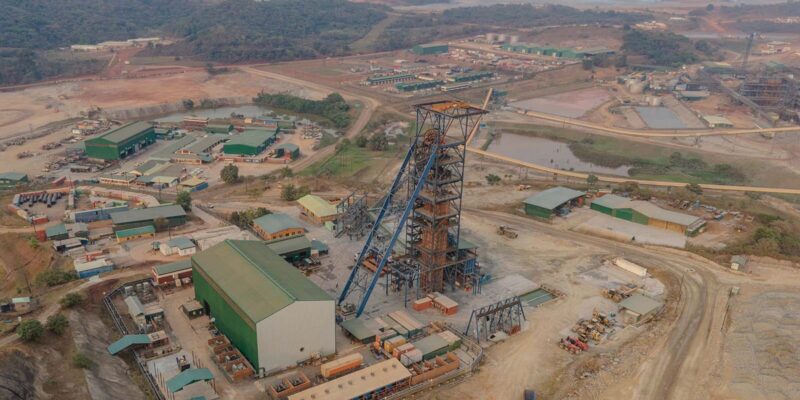Exploration Success Secures Kibali’s Future
With its exploration prospect pipeline continuing to expand, Kibali is well set to maintain its business plan for at least another 10 years.
KINSHASA, DEMOCRATIC REPUBLIC OF CONGO – The ability of Africa’s largest gold mine to replace its reserves beyond depletion will secure its position as one of Barrick Gold Corporation’s Tier One1 assets well into the future, president and chief executive Mark Bristow said here today.
Speaking to local media, Bristow said the 13 year old mine, which has just improved its performance for the third consecutive quarter, still had an enormous upside. With its exploration prospect pipeline continuing to expand, it was well set to maintain its business plan for at least another 10 years.
Kibali’s underground operations are being further extended by two years through the addition of the 11,000 Lode to the mine plan. This lode continues to deliver promising results, unlocking additional value, and remains open down plunge. Drilling is also under way at the Mengu Hill, Agbarabo, Rhino, Zambula and Makoro targets which are showing potential as additional underground and open pit satellites.
Bristow said with an in-country investment of $4.2 billion, Kibali had made a significant contribution to the Congolese state’s coffers. More importantly, it had transformed the country’s previously undeveloped north-eastern region into a thriving new economic frontier.
During the past quarter, minister of mines HE Antoinette N’Samba Kalambayi launched the steering committee which will manage Kibali’s social development fund, based on 0.3% of the mine’s annual turnover. An amount of $13.7 million, accrued over the past three years, has already been earmarked for community projects which will be launched this year. The new 2,500-seat Catholic church in Kokiza has recently been officially handed over to and accepted by the Diocese and its approximately 30,000 strong congregation who were resettled in the new township between 2010 and 2016.
Barrick also continues to invest in the future of Africa’s biodiversity with the planned reintroduction of 76 white rhinos to the Garamba National Park, a critical move in the long-term plan to protect this endangered species.
44 total views , 1 views today





